By Shelby Green, PT, DPT, MTC, CLT-LANA
As we age, it is not uncommon to begin noticing a decline in overall mobility and balance. According to an article in the European Journal of Applied Physiology, one-third of individuals over the age of 65 will experience a fall at least once every year.1 Of these individuals, 50% are then likely to experience recurrent falls. Tripping appears to be the primary cause, contributing to approximately 60% of falls.1 Falls are known to have many unfortunate consequences. Some of these include increased incidence of fractures, hospital admissions, increased dependence on others, becoming significantly disabled or even bed-bound, and poor quality of life.2 This is why it’s so important to have fall prevention measures and resources in place. The American Geriatrics Society and British Geriatrics Society concur that adults over the age of 65 should undergo annual screenings to establish if there is a history of falls or imbalance, and preventative measures to put in place.3
Highest Risk Factor for Falls
While there are many considerations as to what causes a fall, muscle weakness appears to be the highest risk factor for determining likelihood of falling.2 Leg strength has been a consistent go-to measure for determining an individual’s fall risk; however, testing leg strength may not always be clinically practical. Properly testing leg strength requires specific tools and equipment, which may not be a feasible or easily accessible option to use in every clinical setting.4 For this reason, healthcare providers should consider use of a hand dynamometer to test hand grip strength. Hand grip strength has demonstrated a strong correlation with isometric strength of lower extremity muscle groups. Loss of hand grip strength as we age is comparable to the weakness that occurs in the knee extensors, a commonly tested muscle group for determining functional weakness and fall risk.4
Reliability and Effectiveness of Grip Strength
Although many may not initially consider hand grip to be a measure of fragility, a weaker grip is directly correlated to a weaker body.5 In a study documented by the Journal of Frailty, Sarcopenia & Falls, poor hand grip strength was associated with a significant increase in fall risk.2 Other studies have shown similar results. The question then is whether measures of hand grip strength are as reliable as those of leg strength, seeing as leg strength has been the gold standard for determining fall risk. Hand grip strength has been found to have a significant correlation with lower extremity capabilities.1 A study in the European Journal of Applied Physiology compared effectiveness of various muscle strength measures to determine ability to recover from a fall.1 This study compared strength measurements between ankle plantarflexion, knee extension, leg press push-off force, maximal jump height and hand grip. Out of these measures, the leg press was considered the best; however, closely behind the leg press, was jump height and hand grip for determining fall risk.1 The problem with the leg press is the same as what was previously mentioned in that not all clinical settings will be able to have the space and resources to test on a leg press. A hand dynamometer is an easy, trustworthy, and relatively inexpensive tool to have available, while also being a valid item to predict mobility limitations.4
Best Measures for Grip Strength
Once the decision to use hand grip strength as a measure to determine fall risk has been made, the next step is to choose what type of hand dynamometer to use. There are two basic types of hand dynamometers: hydraulic and digital. Handexer provides a detailed breakdown and comparison of these dynamometers: Comparison Of Digital Vs Hydraulic Hand Dynamometer | Handexer.

Hydraulic dynamometers are a more traditional tool, and digital ones are relatively new in comparison. While each has their pros and cons, it can be argued that a digital dynamometer is a simpler and more reliable tool to use. This battery-operated tool uses electronic load cells to power it versus hydraulic fluid used in the more traditional dynamometer. The grip strength measurements are also displayed on an LCD screen compared to having to read a moving gauge, creating increased accuracy for viewing measurement displays. The digital dynamometer has a very easy reset button and automatically calibrates, while the hydraulic dynamometer must be reset and calibrated manually. 6
The beauty of a digital dynamometer, such as the Handexer, is that it can be used by both healthcare professionals and individuals at home. A healthcare professional can assist in establishing an individual’s baseline measurements, which will then create an initial determination if that person is a fall risk. If a fall risk is identified, it is highly recommended for that person to participate in a fall prevention program, which may include physical therapy. The physical therapist will be able to use the digital dynamometer in the clinical setting for baseline and follow up measurements. The patient can use the digital dynamometer at home to track their progress and ensure maintenance of strength gains independently once discharged from physical therapy as part of their home program. You can refer to this article available through Handexer, which further explains how you can independently measure your hand grip strength at home: The Easiest Way to Measure Grip Strength (handexer.com).
Clinical Application for Reducing Falls
The relationship between hand grip strength and fall risk has been clearly established. Knowing how relevant and devastating a fall can be, especially for the older population, it is crucial to establish accurate and readily accessible measuring tools to determine fall risk and establish a prevention program. One such tool is the digital dynamometer. The digital dynamometer is a readily available and accurate piece of equipment that all medical providers should consider having access to in their clinical settings.
About the Author
Shelby Green is a Florida-licensed Doctor of Physical Therapy (DPT). Dr. Green received her Bachelor of Science in Biology from the University of South Florida, followed by her DPT from the University of St. Augustine for Health Sciences. Dr. Green has 6 years clinical experience practicing in both the acute care and outpatient rehab settings. Specialties include orthopedics, with additional training in specific manual therapy techniques for pain management, as well as extensive training as a Certified Lymphedema Therapist.
References:
- Pijnappels M, van der Burg PJ, Reeves ND, van Dieën JH. Identification of elderly fallers by muscle strength measures. Eur J Appl Physiol. 2008;102(5):585-592. doi:10.1007/s00421-007-0613-6.
- Neri, Silvia G R et al. Poor handgrip strength determined clinically is associated with falls in older women. Journal of frailty, sarcopenia and falls vol. 6,2 43-49. 1 Jun. 2021, doi:10.22540/JFSF-06-043.
- Moncada LVV, Mire LG. Preventing Falls in Older Persons. Am Fam Physician. 2017;96(4):240-247.
- Sallinen J, Stenholm S, Rantanen T, Heliövaara M, Sainio P, Koskinen S. Hand-grip strength cut points to screen older persons at risk for mobility limitation. J Am Geriatr Soc. 2010;58(9):1721-1726. doi:10.1111/j.1532-5415.2010.03035.x.
- Millard E. Handgrip strength could be a simple way to predict fall risk. Medscape. Published June 22, 2020. Accessed May 13, 2022. https://www.medscape.com/viewarticle/932070?reg=1.
- Comparison of digital vs hydraulic hand dynamometer. Handexer. https://handexer.com/blogs/grip-strength-and-hand-health/digital-hand-dynamometer-vs-hydraulic-comparison. Accessed May 14, 2022.

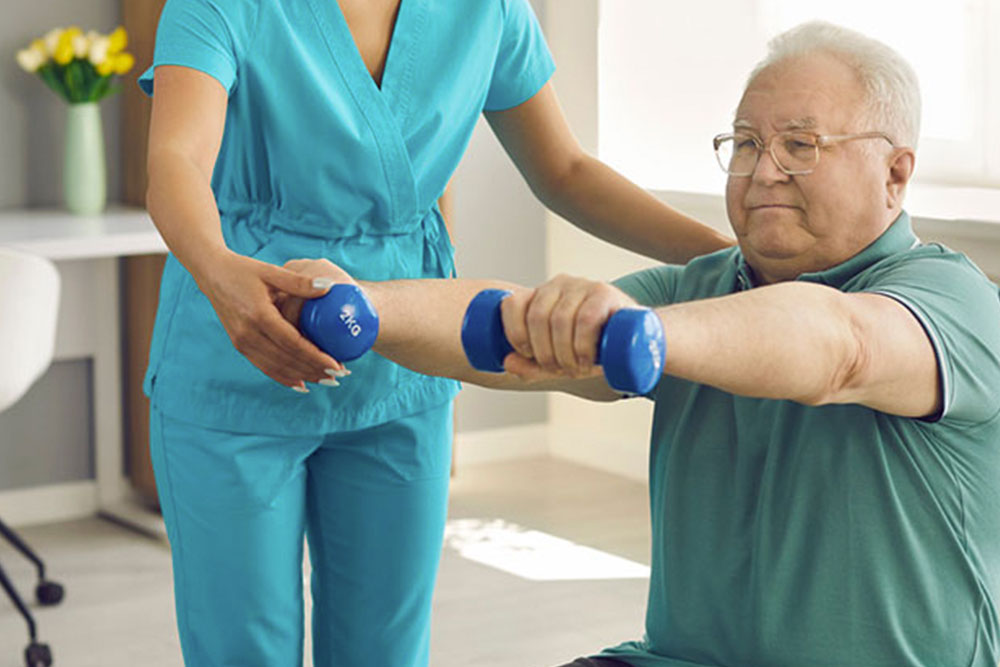
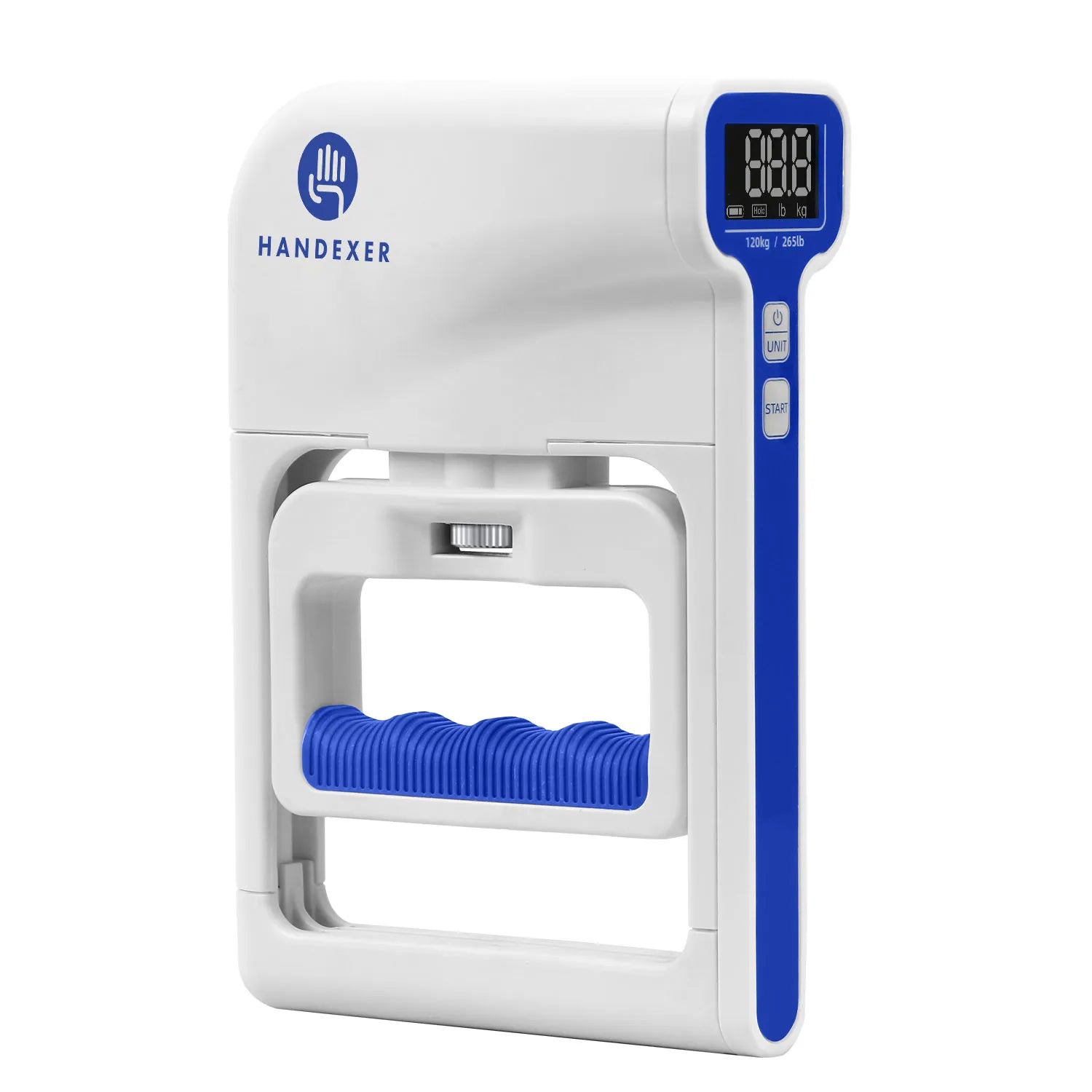
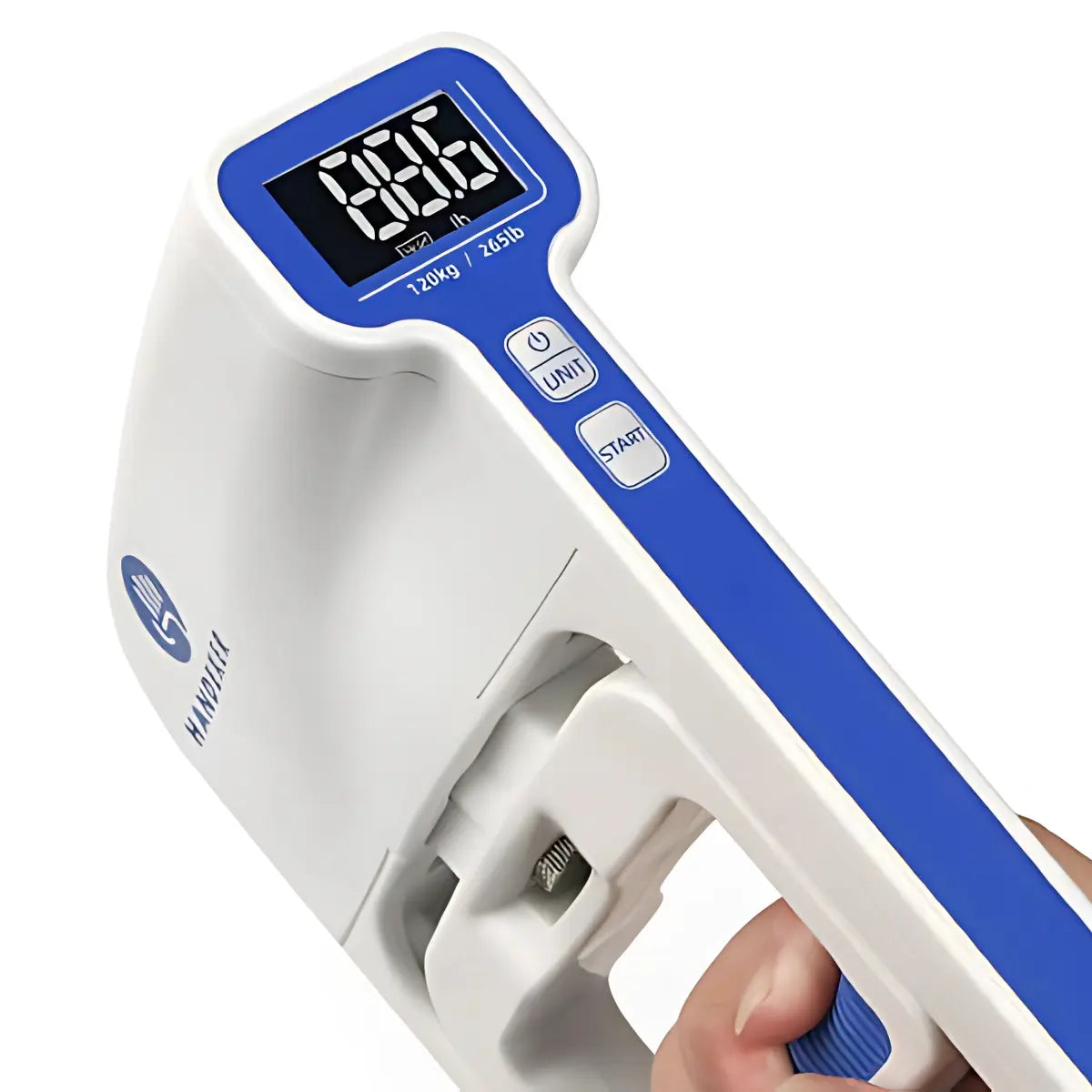
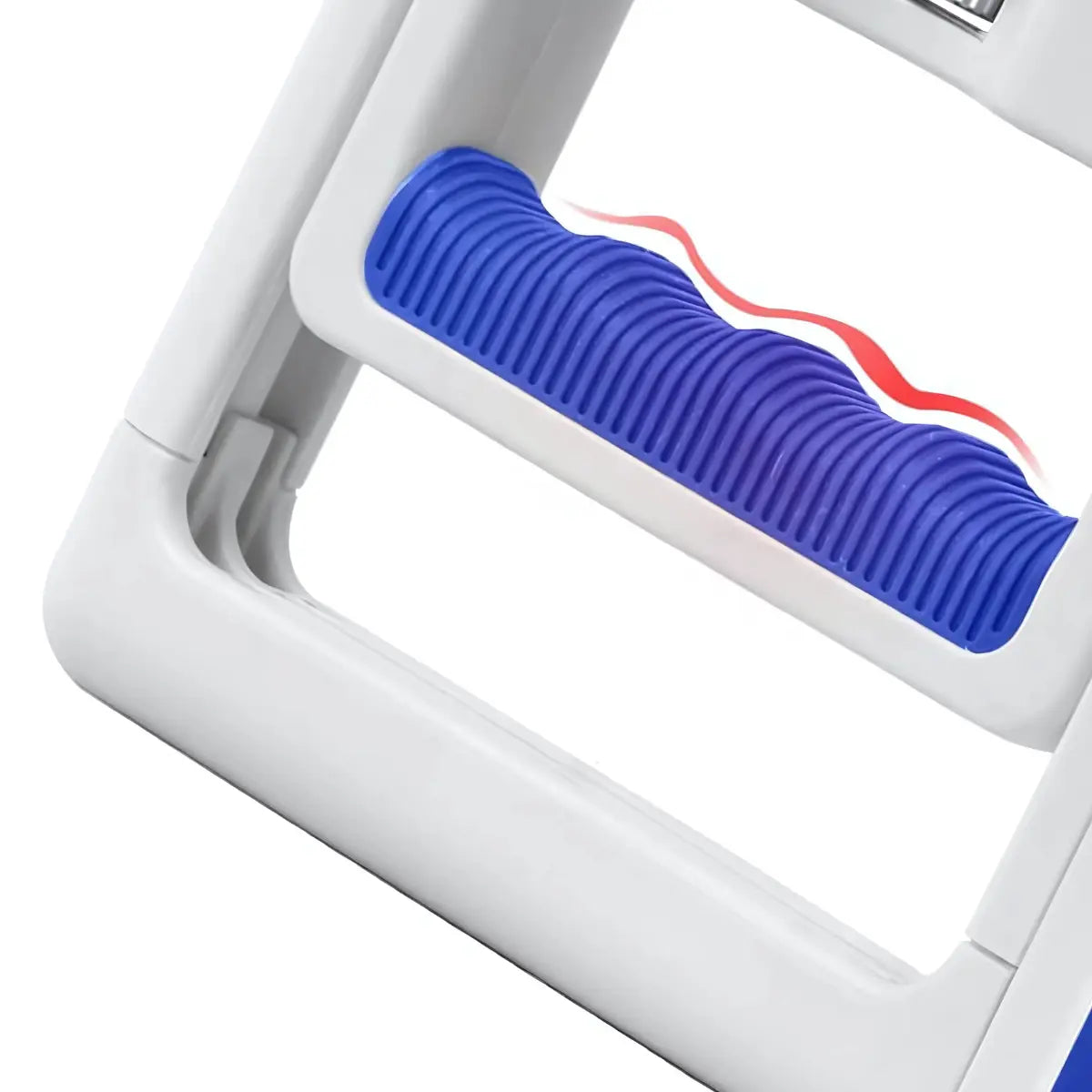
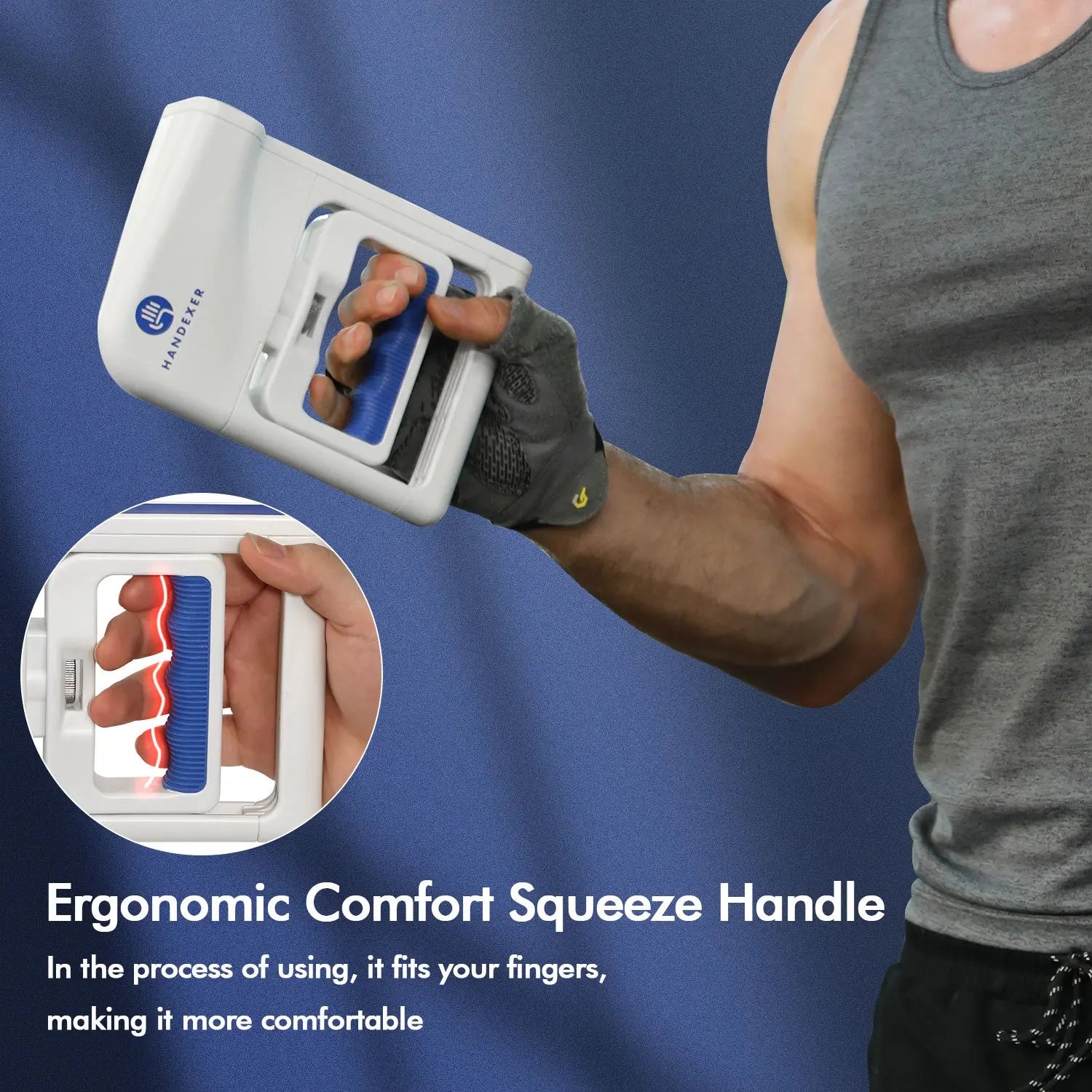


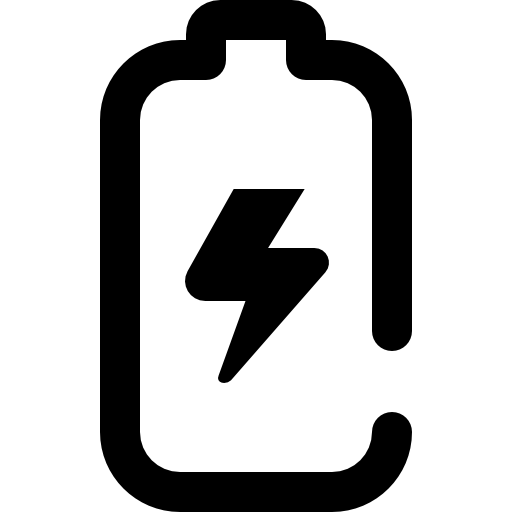

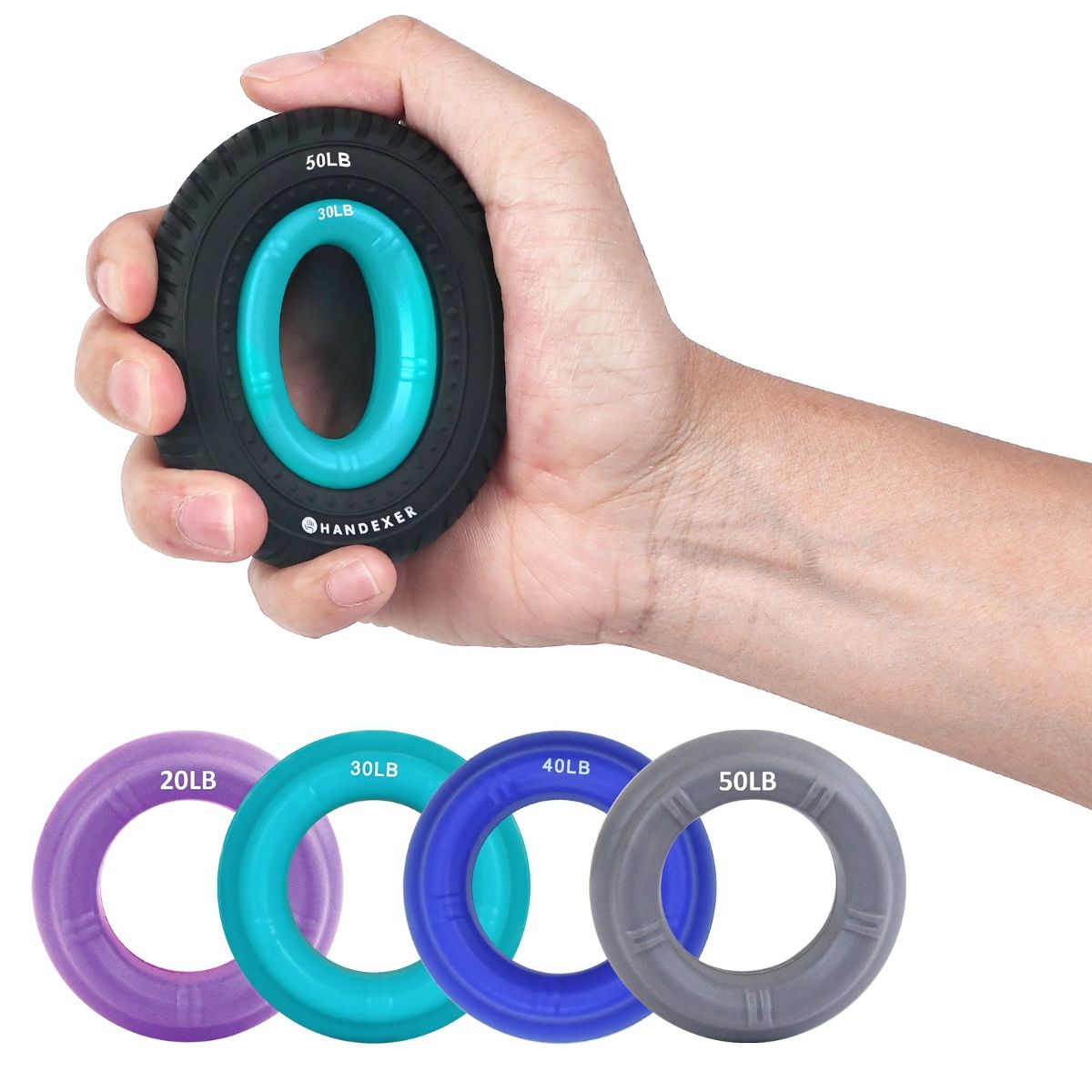
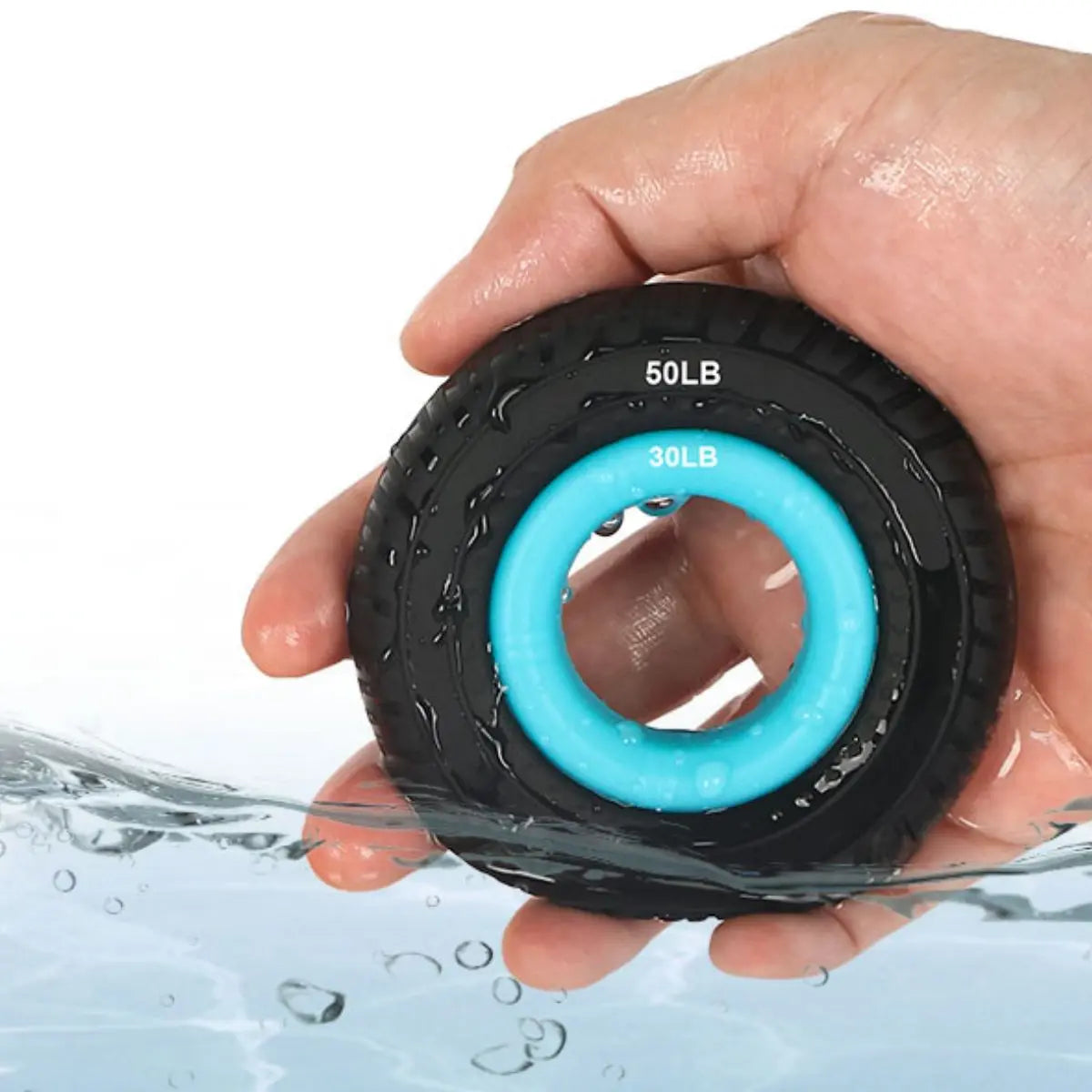
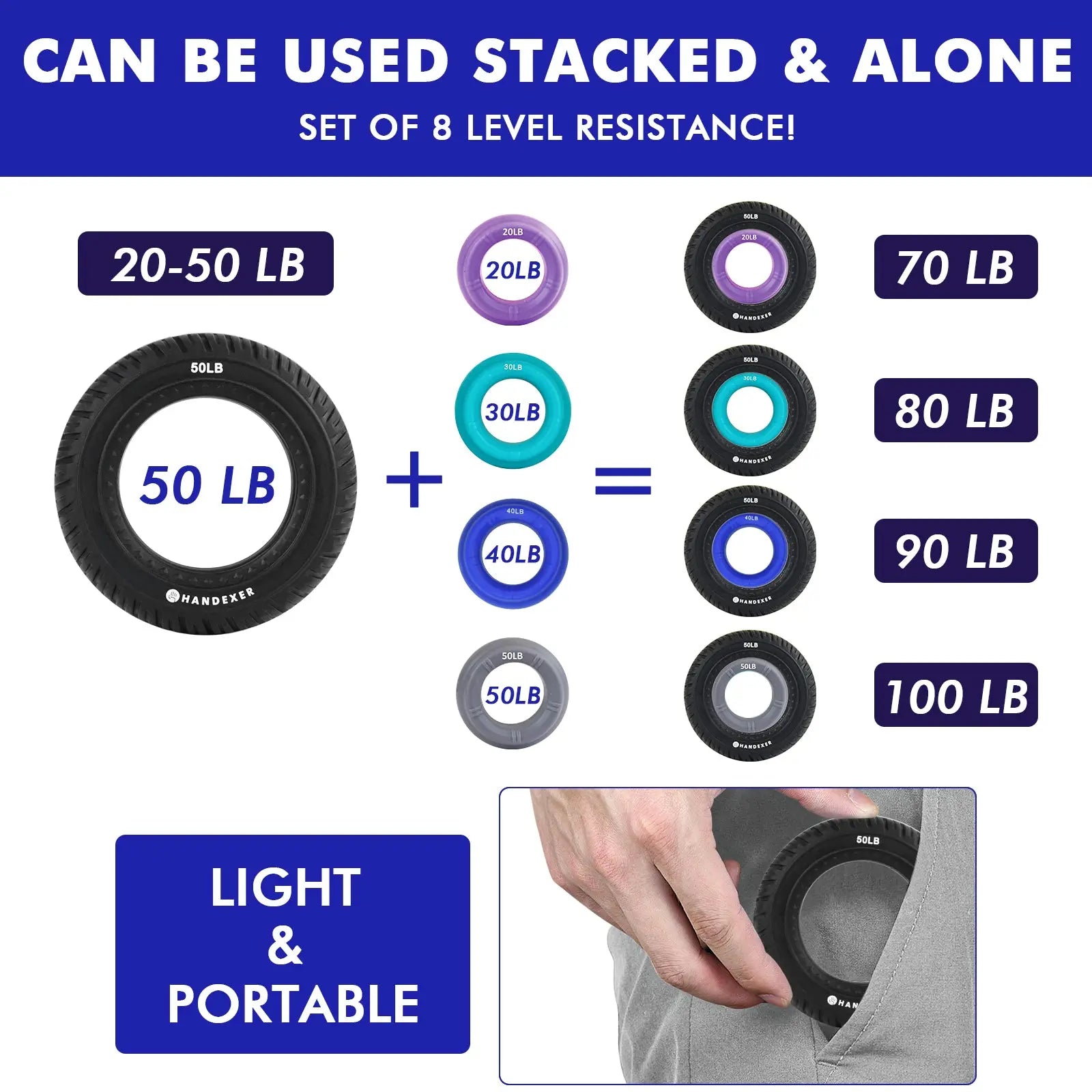
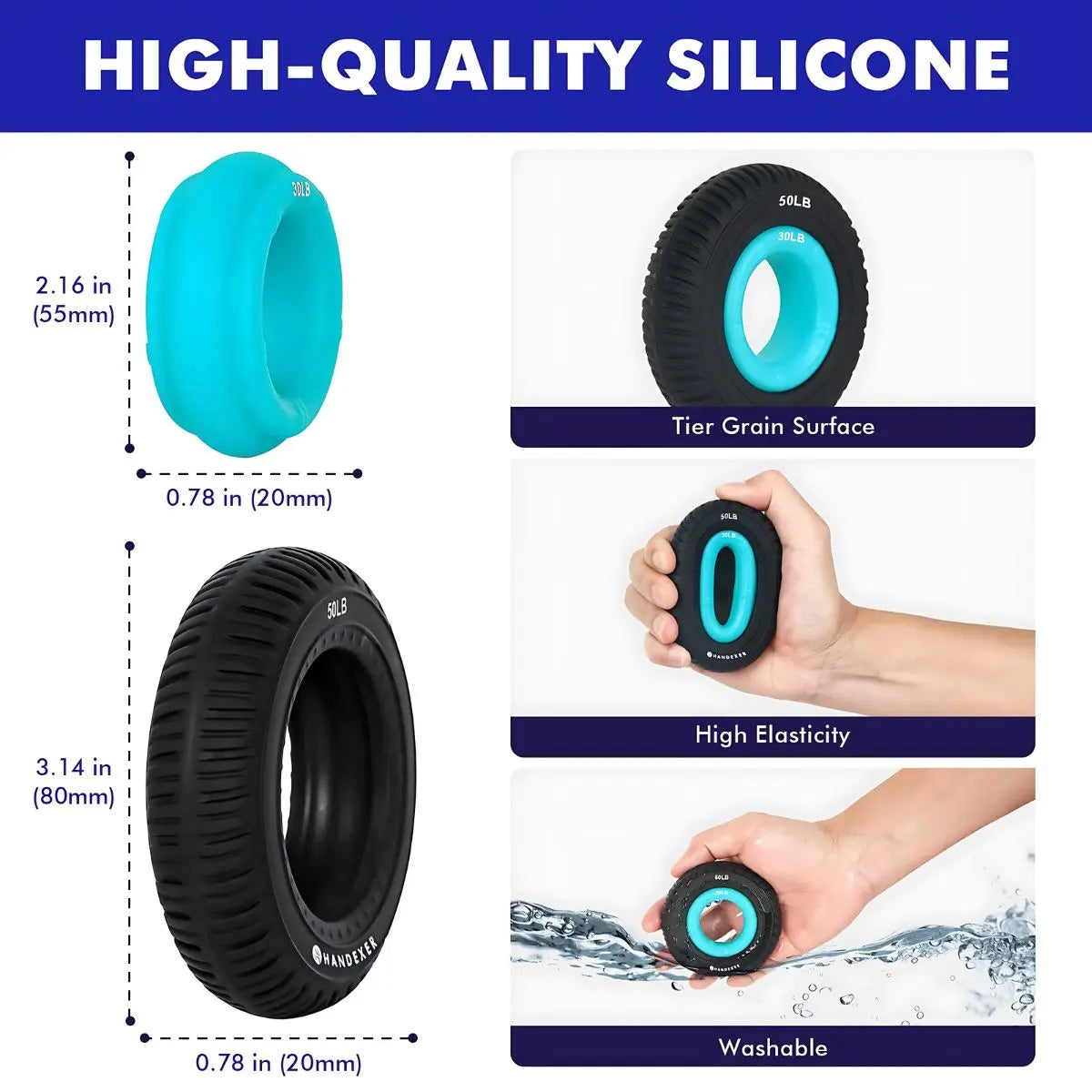

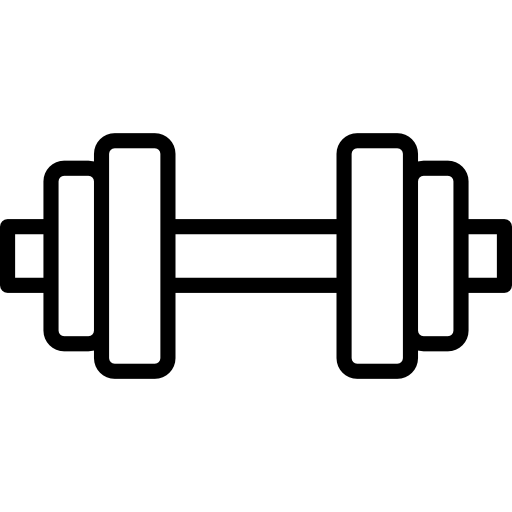

Share:
Digital Hand Dynamometers for Physical and Occupational Therapy
Carpal Tunnel Syndrome: Could Working From Home Be Hurting You?